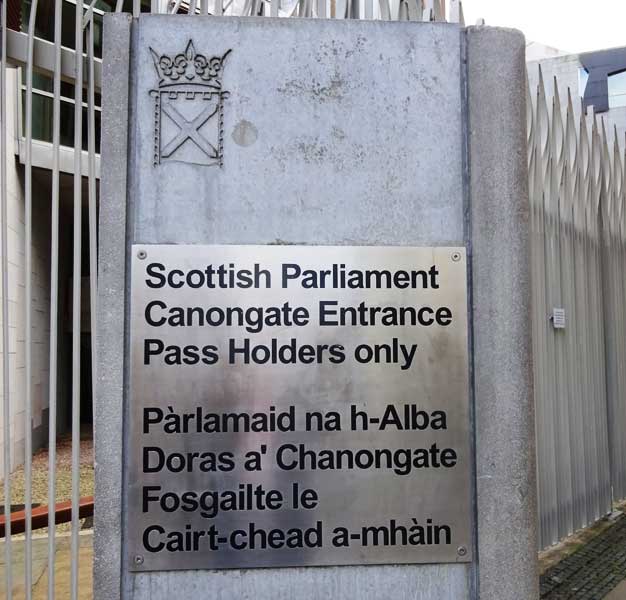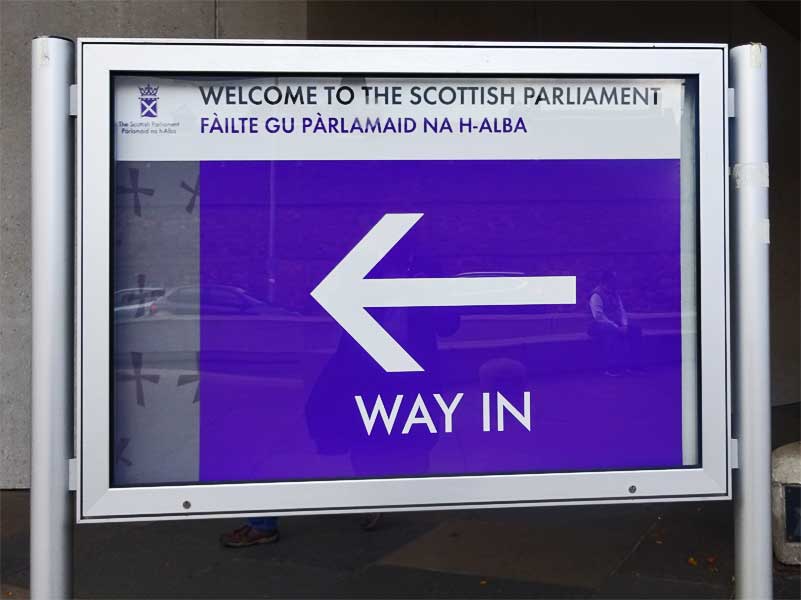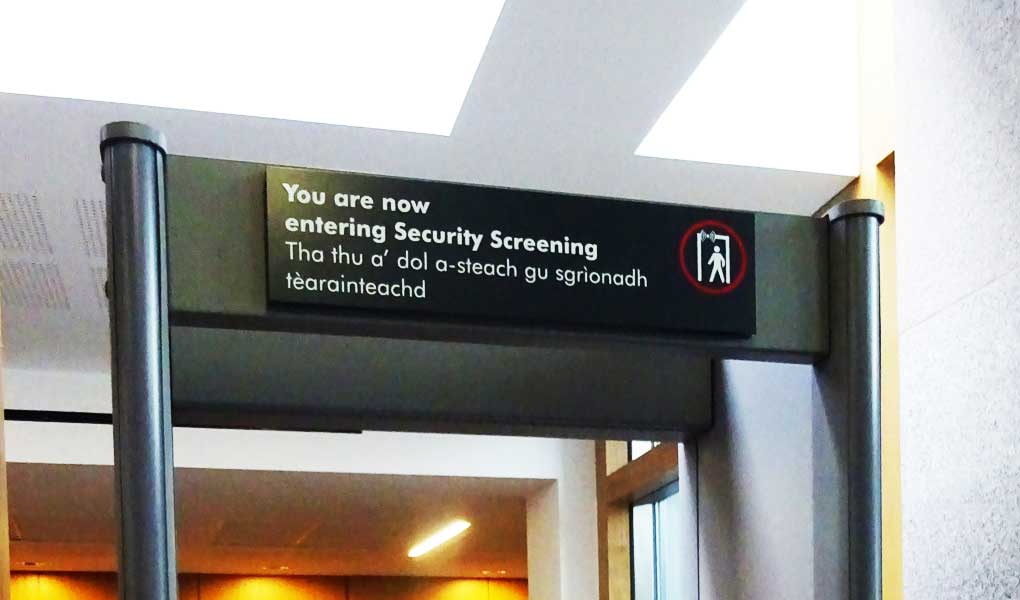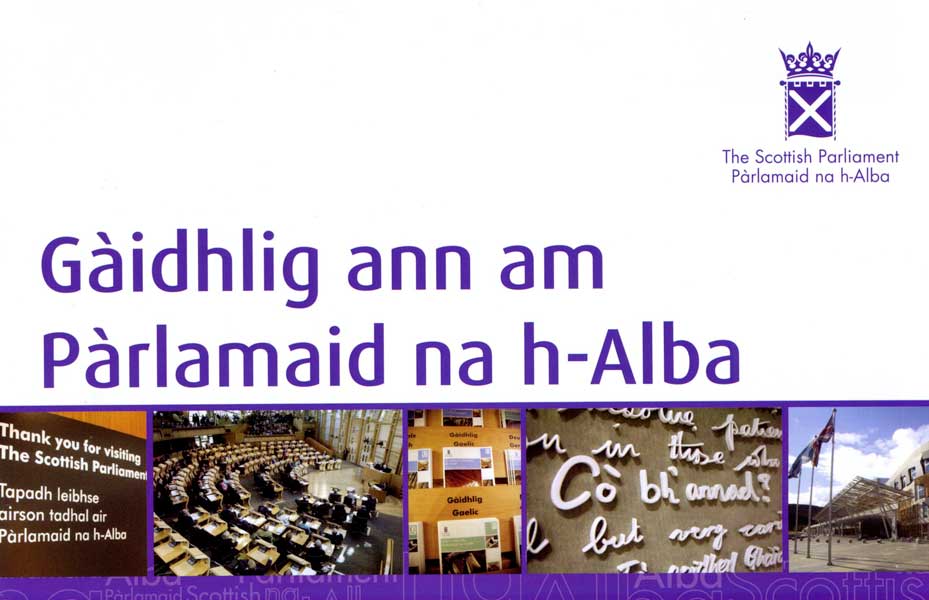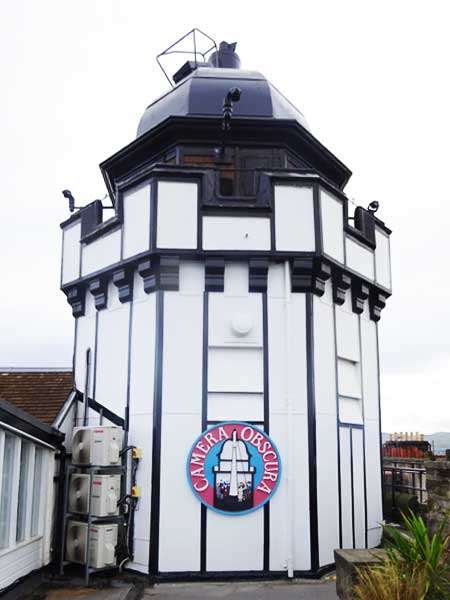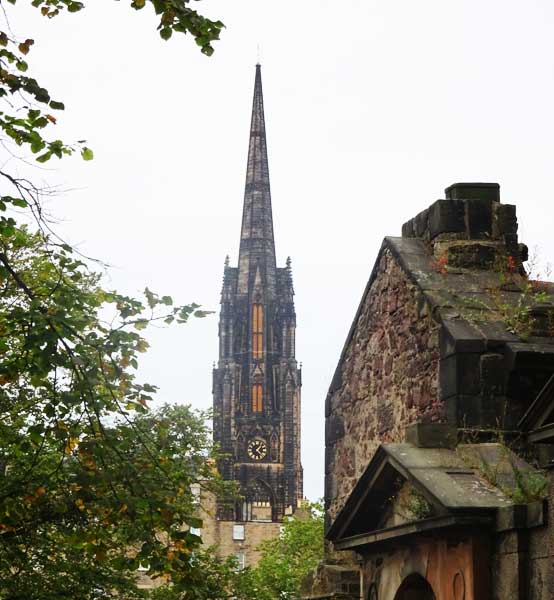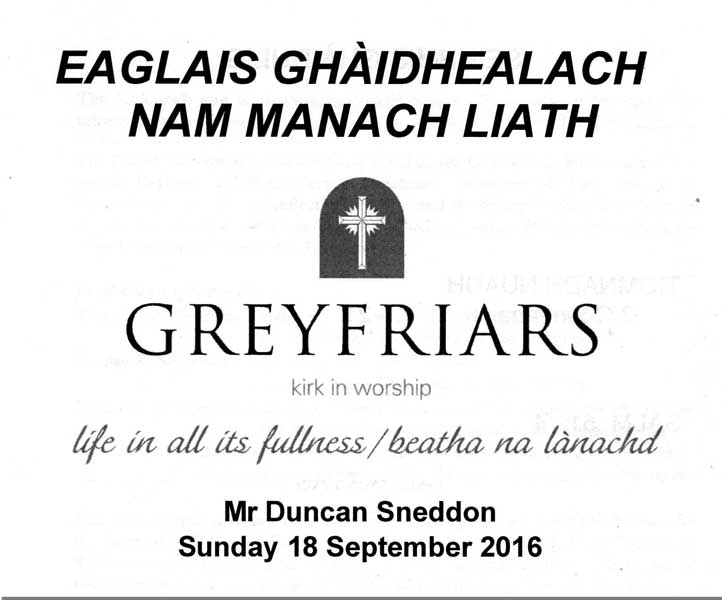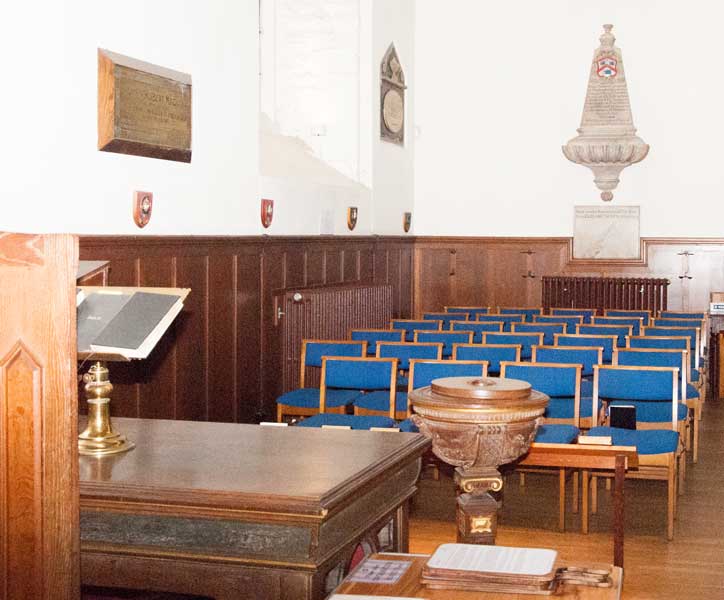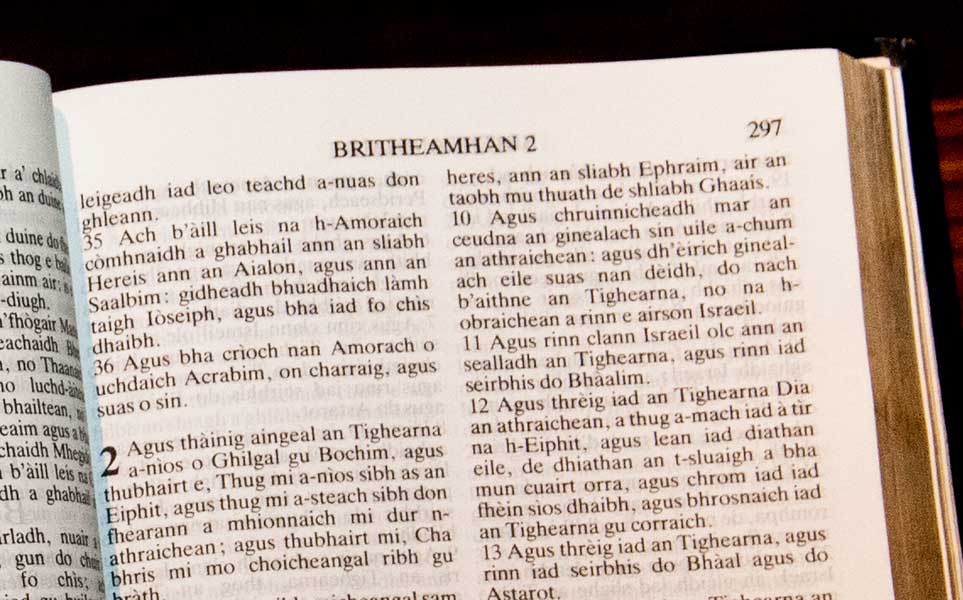So in I went. As I made my way to the chamber I noticed that signs were bilingual and there was a good selection of information booklets (such as the one with the above cover) in both languages. I spent some time in the chamber listening to a debate on a Tory motion criticising the Scottish Government's handling of the NHS, but nary a word of Gàidhlig did I hear.
There appeared to be some people manning what looked like a translation booth. But on further inquiry they turned out to be the people dealing with the official report of the proceedings.
I inquired about some of the other booths. Yes, there was one for Gàidhlig translation but it was not manned. If a member intended to make an intervention in Gàidhlig there was a whole bureaucratic process to be gone through first and my impression is that you'd want to have copperfastened your justification for using the language and obliging the "Corporate Body" to committing appropriate resources on the day.
I had the impression that the institution feels that it is simply indulging a form of tokenism by the SNP but that it is easier to indulge it than create a political row. I suspect the process is quite demanding and there are limits to what is allowed. For example I read in the booklet, whose cover is illustrated above, that
There are a range of opportunities to use Gaelic in parliamentary business:
- Members may use Gaelic in debates or committee meetings, subject to prior agreement from the Presiding Officer or committee convener
- Motions, amendments to motions and questions must be in English but Members may provide an accompanying Gaelic translation which will be published in the Business Bulletin along with the English version
.
The proof of the pudding here is surely in the eating and I don't know how frequently Gàidhlig is used in the chamber or in the report of proceedings. I must check it out sometime.

